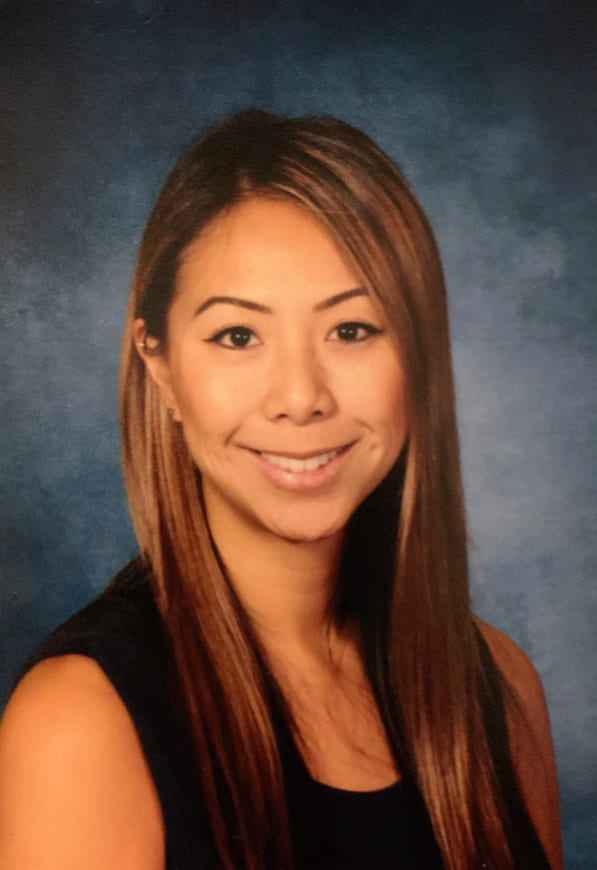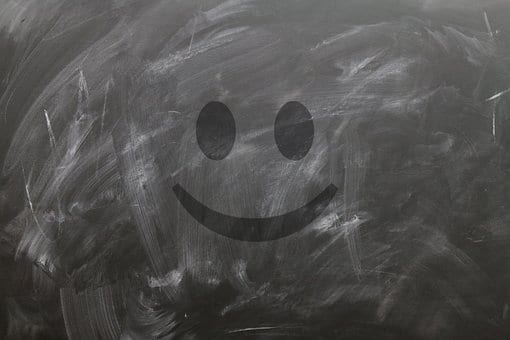 By Gloria Tsang (MEd in Imaginative Education, Elementary School Educator)
By Gloria Tsang (MEd in Imaginative Education, Elementary School Educator)
When reflecting on your schooling experience, it can be a challenge to remember what was learned, yet easy to recall positive or negative experiences with teachers and peers. In fact, these interactions are most likely to influence your overall school experience, and ultimately the trajectory of your life–perhaps guiding you to become an educator or to despise any work that is related to the field of education. Like a handful of early primary school aged children, who would admire and imitate their teacher, copying the way they talk, practicing how they form their letters on the chalkboard, or play teacher with friends at play dates, I too hoped to become a teacher when I was in second grade.
My dream of becoming a teacher was thrown off course, influenced by my experiences, which led me to think that I wanted to become an artist, then an accountant, actress, police officer, flight attendant then eventually back to square one, a proud teacher! I realized my experience had a tremendous impact on my thoughts, however, it was the emotional impact–which is the heart of imagination – that determined my desire and ultimately motivated me to reach my goal. If you want your students to learn, you need to involve them in the process by understanding what captures their imagination. Imaginative Education (IE) offers many tools that can support teachers with designing any learning material to be more inviting, emotionally engaging, and memorable for the learner. Personally, I became an educator because of a few phenomenal teachers who inspired me to truly believe in myself. They not only taught me but touched my heart as well, in ways that have had lasting impacts.
Students, now more than ever due to these unusual times and the state of the world, need care, positivity, and encouragement in order to have hope and faith.
The use of imagination in teaching involves engaging emotions and feelings to support students learning by making a connection with their selves and others.
In my research, I further explored the use of imagination by cultivating a classroom community using different cognitive tools to support students’ development of personal and social awareness. Emotions, feelings, and the world of Social Emotional Learning (SEL) connect with imagination. Humans are imaginative beings whose every thought and action require imagination at play.
My research, The Missing Piece: Cultivating A Classroom Community Through an Imaginative Education Approach, confirmed the importance of nurturing individual’s SEL and imagination to support and foster a kind and respectful environment, not just at the beginning of the school year but throughout. My research focused on developing a better understanding of how the use of an Imaginative Education approach using cognitive tools can aid in cultivating a kind classroom community. Designing learning activities that are structured using an imaginative framework while being mindful of your students experience and development will allow for greater success at creating a classroom community that respects individuality and honours different perspectives.
The use of cognitive tools in the learning activities made the activities engaging, enjoyable, and memorable.
Most importantly, I watched my students develop more personal and social awareness and become more empathetic and compassionate throughout the community building unit.
If you are interested in learning more about IE or ways to start your school year using an imaginative education approach, be sure to check out the Imaginative Education Learning Design at the end of my research. Try it in your classroom and let me know how it goes! I would love to hear from you on how your students responded to the imaginative learning activities!


